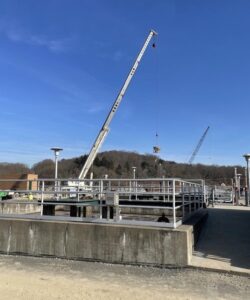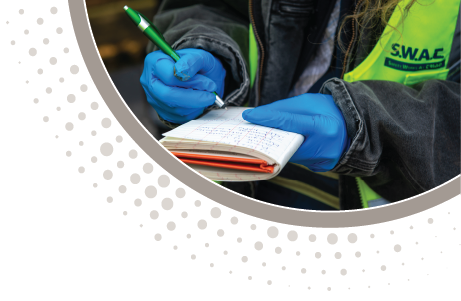Surveying the Past with Chip Chambers: The Origins of Triad’s Geospatial Excellence
By Kevin Brockett, PS, PLS Triad Engineering’s services today include extensive capabilities in mapping and land surveying that provide clients with the high-quality geospatial information they require to make informed decisions and achieve project goals. These capabilities have continually evolved and adapted through decades of successful operations, but their origins can be found in the foresight and hard work of early managers and employees who were instrumental in developing Triad’s survey services. One such formative figure is Harold “Chip” Chambers, who led Triad’s Morgantown surveying department during his twenty-seven-year tenure with Triad. Originally from…
Enhancements at Pine Creek Wastewater Treatment Plant

The Pine Creek Wastewater Treatment Facility in Gibsonia, Pennsylvania, is undergoing upgrades to modernize its operations, originally established in the 1970s. The project aims to enhance the facility’s efficiency and environmental safety through the installation of a new ultraviolet (UV) light system designed to effectively eliminate germs and bacteria from the wastewater. In addition to the UV system, the facility will also see the addition of six new processing tanks, each with a capacity of 450,000 gallons, increasing its treatment capabilities. These improvements are part of a comprehensive plan to ensure the plant meets contemporary standards for wastewater management. KLH…


